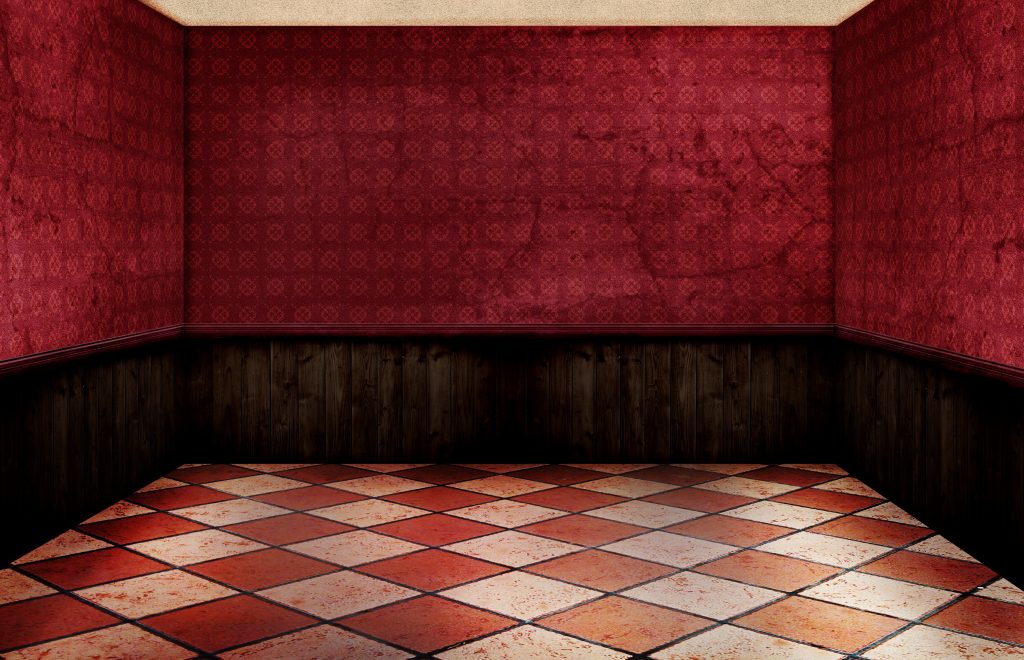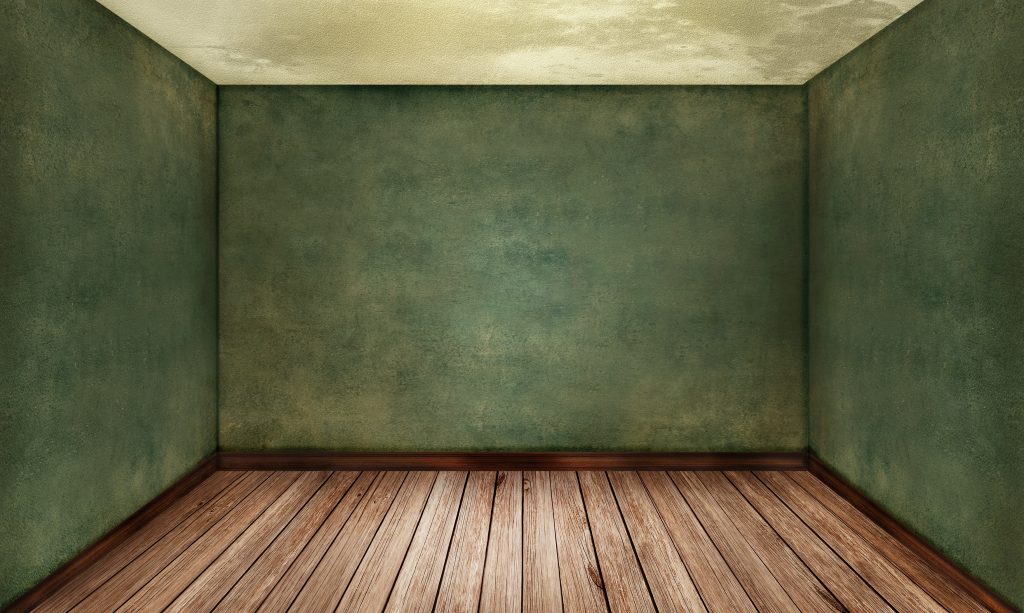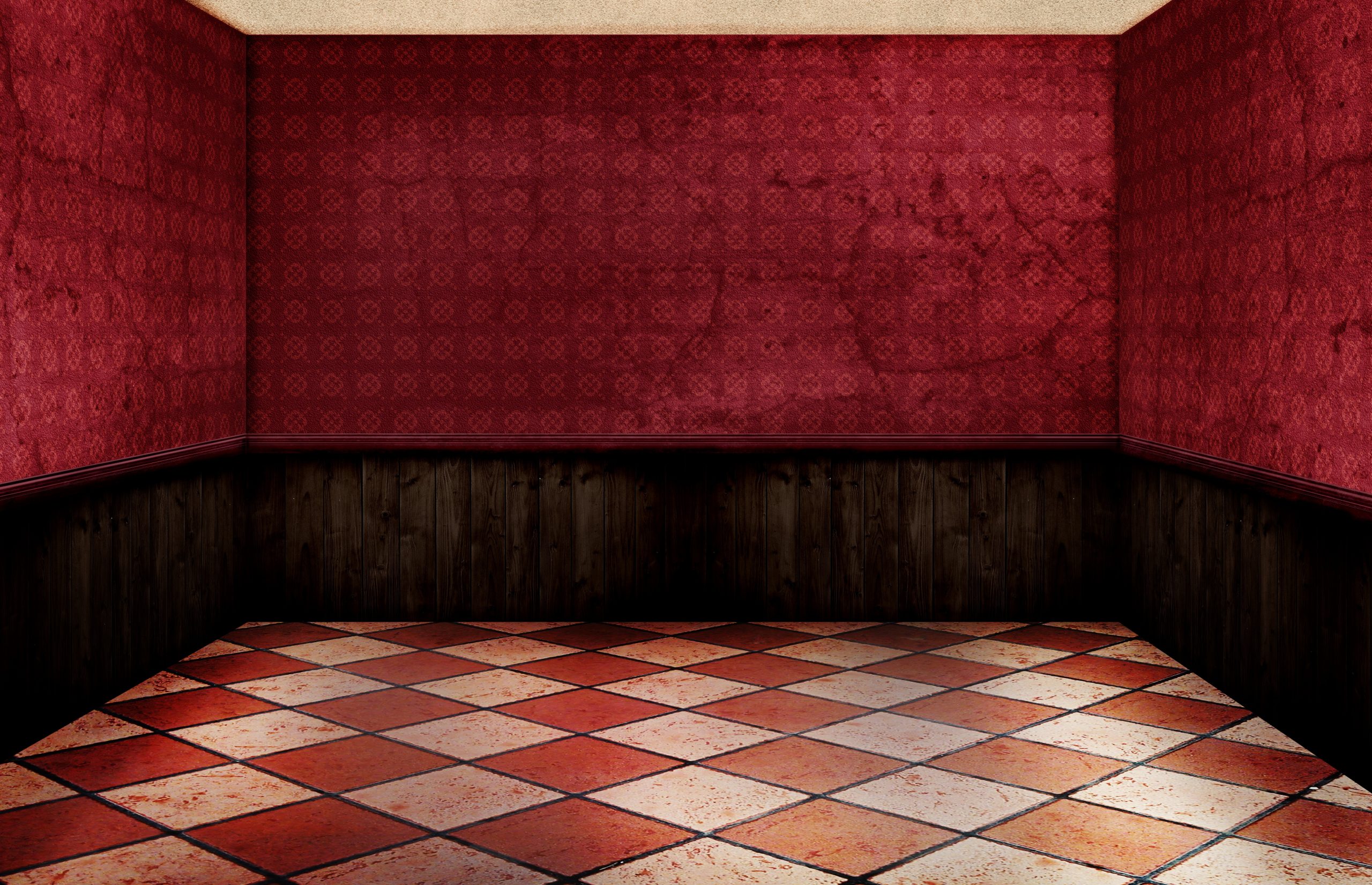
A floor does not consist of only one layer. Although only the surface layer is visible to us, there are actually several layers. Floors are not just the covering that we see – they consist of several components that are essential to its functionality and durability.
In fact, the layer that is rarely seen, the underlayment, is one of the more crucial layers of a floor system. The underlayment is found just under the surface of the floor covering. But before talking about that layer, let’s look at the layers that make up most floor systems.
The Four Layers that Make Up Most Floors
Generally, residential homes consist of four layers. Starting from the bottom, these layers are:
- The Joists
In simple terms, joists can be described as horizontal structures used to support a floor. They are lateral wooden framing members that rest on foundation walls and beams. Joists serve to provide stiffness to the subfloor sheathing and can hence provide the structural support for the entire framing system. Engineered microlam members or 2-by-10 or 2-by-12 lumber are typically used to make joists. - The Subfloor
The subfloor is a structure attached to the floor joists and can be said to be the foundation for a floor in a building. Part of the home’s construction, this layer of OSB or plywood provides strength and rigidity to the floor system when attached to the floor joists. Even if these panels are of a 19/32- to 1 1/8-inch thickness and are integral to the structure of the home, they are not strong enough to support the weight of furniture, cabinetry, appliances, people and pets. The subfloor is the layer on which the underlayment will be installed. - The Underlayment
The underlayment is installed on top of the subfloor and is just under the visible floor covering. This layer is generally about ¼ – ½ inch thick and is designed to provide a smooth, flat surface for the floor covering. Although plywood, hardboard, thin foam padding and cement board are used as underlayment, there isn’t one specific type that is most commonly used. This is because the material used for the underlayment will vary according to the needs of the floor covering. - The Floor covering
The floor covering is the final layer of a floor system and is the visible portion of it. It is the surface we see and on which we walk on. This layer s made from hardwood planks, carpeting, ceramic tile, or vinyl.
5 Tips to Warm the Floors in Your Home

Now that you understand the anatomy of your floor better, it will be easier to find ways to keep it warm even during the coldest months of the year.
1.Choosing the material for the floor covering wisely
The most popular (and obvious) solution is of course carpeting. This iconic flooring solution is mostly used in family rooms, bedrooms and living room areas as it can both protect against chilly weather and insulate a room against heat loss. Another material that can keep your floor warm is cork flooring. The thicker it is, the better it will be at keeping the heat in and preventing cold air from coming in.
However, since both of these flooring choices can get easily damaged by water, moisture, and pets. But fear not! There are other ways of keeping your floors warm.
2.Installation of an underlayment
If you don’t want to install carpet or cork flooring, you can look at the underlayment. A below-surface underlayment layer can be made from cork, foam or rubber can significantly improve the warmth of the walking area. This is because more resilient floor coverings, such as vinyl and linoleum, take on the temperature of the surface they are installed over.
Generally, vinyl, linoleum, and laminate are preferred options to carpet and cork flooring. But unless they are installed over an underlayment, they will get very chilly during the winter season.
3.Insulating the floor and joist
If your house has a first story built on joist platform construction, you may want to insulate your floors with fiberglass batt insulation to warm them up. This is mostly because heat will be lost through the floors of unheated basements or crawlspaces. Another source of cold air is the rim-joist areas. Cold air can circulate through the joist cavities below a floor. Insulating these rim joists and headers can help make floors warmer.
4.Radiant below-surface heating
Radiant floor heating systems are probably the most surefire way of improving flooring warmth as this system radiates heat through the underlayment. It emits warmth directly upwards into a floor, causes the whole room to heat up. Additionally, this is an efficient way of controlling the temperature of the space.
5.Rugs
Finally, the last and simplest way of making your floors more comfortable is by strategically placing area rugs in a room. This has the added benefit of making space feel more inviting.






The layer that is rarely seen, the underlayment, is one of the more crucial layers of a floor system. So if there is a moisture we can’t really see that much since the layer is rarely seen, that is why some floors will be damaged underneath. Now I know.